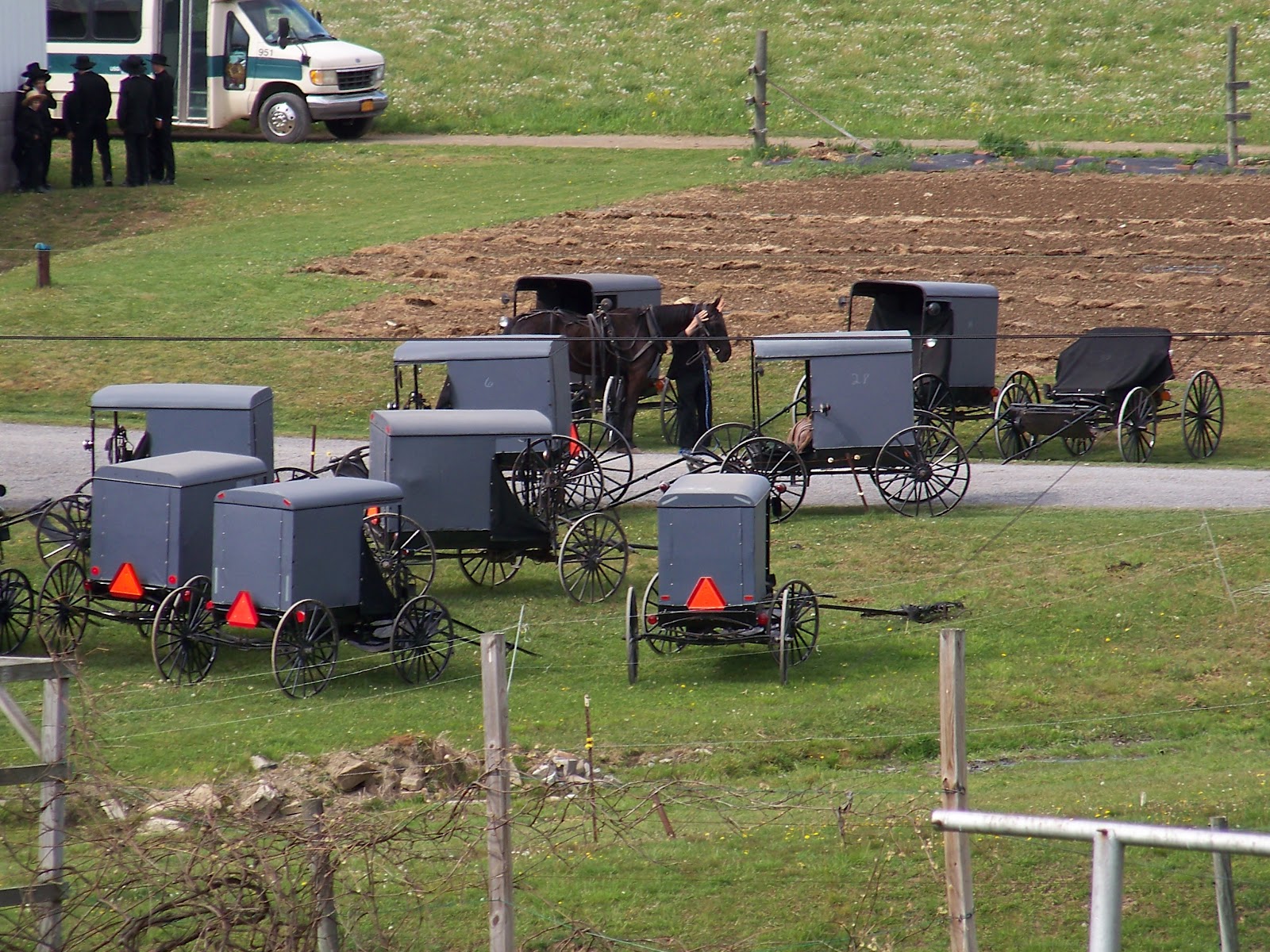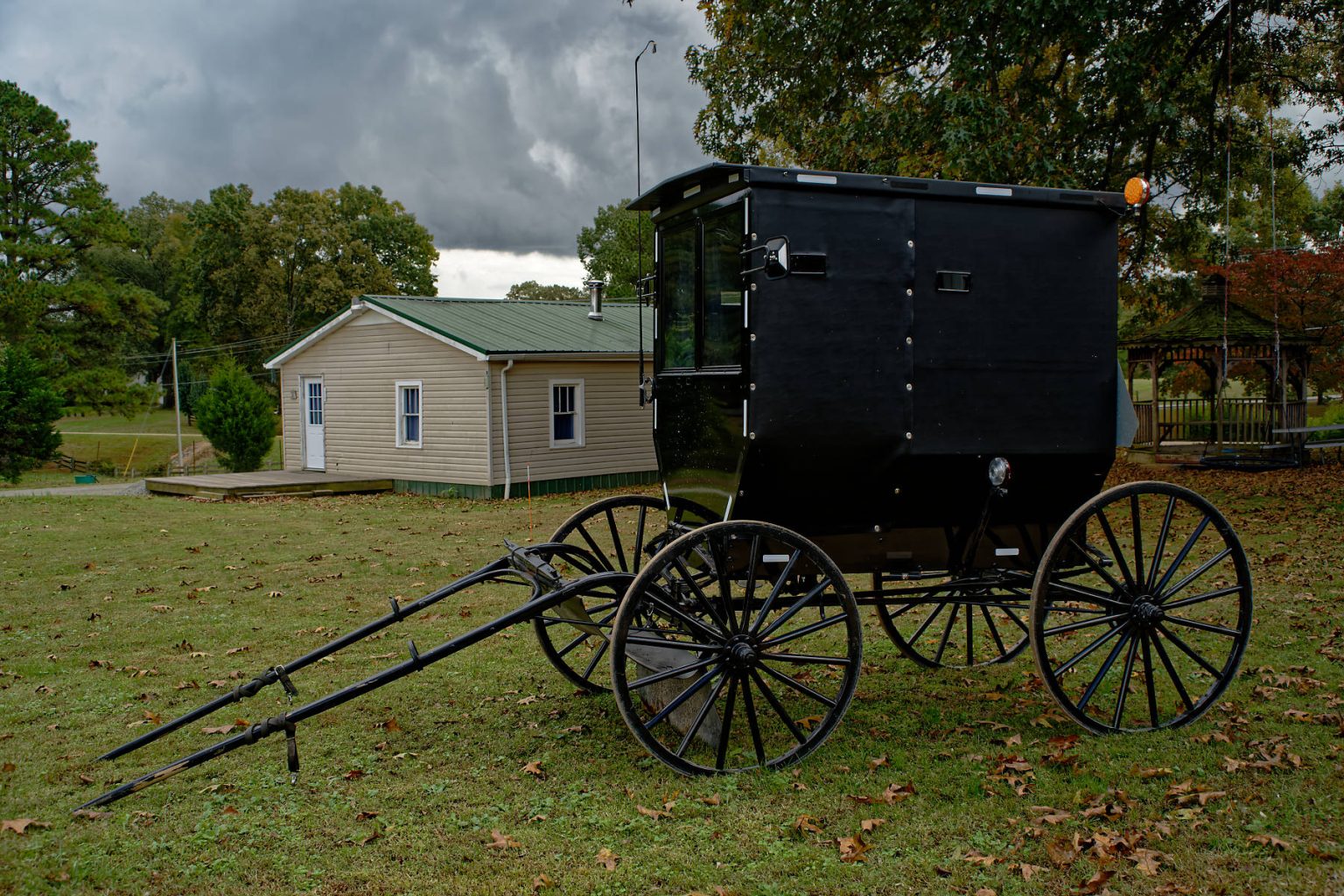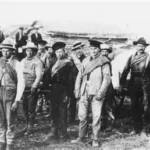The Evolution of Amish Life Through the Centuries
Amish life has evolved remarkably since its origins in Europe during the 17th century. From small Swiss and German communities to thriving settlements in Pennsylvania, Ohio, and Indiana, the Amish have maintained traditions while adapting thoughtfully to changing circumstances. Studying this evolution offers insight into how faith, family, and community values shape daily life across generations.
European Beginnings
Anabaptist Roots
The Amish trace their roots to the Anabaptist movement during the Protestant Reformation. Anabaptists rejected infant baptism and emphasized personal faith, pacifism, and community accountability. These beliefs led to persecution, prompting the emergence of distinct groups such as the Amish under Jakob Ammann.
Early Practices
In Switzerland and southern Germany, Amish communities lived simply, emphasizing farming, craftsmanship, and faith. Homes were modest, clothing plain, and work focused on family and community needs. These foundational practices set the stage for centuries of continuity and resilience.
Migration to America
Seeking Religious Freedom
Religious persecution and limited farmland in Europe prompted Amish migration to America in the 18th century. Pennsylvania offered tolerance, fertile land, and opportunities to establish self-sufficient communities. Families traveled long distances, often by ship, seeking both safety and the ability to preserve traditions.
Establishing Settlements
Early American Amish settlements replicated European life. One-room schoolhouses educated children in reading, writing, arithmetic, and practical skills. Families relied on sustainable agriculture and handcrafted goods, maintaining a lifestyle centered on faith, community, and self-sufficiency.
Expansion to Other States
As communities grew, Amish families moved westward into Ohio, Indiana, and other regions. This expansion allowed them to acquire larger farms, reduce competition for resources, and continue living according to traditional values.

Adaptation and Preservation
Selective Adoption of Technology
While the Amish avoid modern conveniences that could disrupt community cohesion, they adopt certain tools selectively. For example, some farms use limited machinery for efficiency, but transportation and household life remain largely traditional. This careful adaptation balances practicality with preservation.
Education and Skills
Amish schools and apprenticeships continue to pass on practical skills like farming, woodworking, sewing, and cooking. Education emphasizes community values, faith, and preparation for adult responsibilities, ensuring that traditions are preserved even as society changes around them.
Religious and Social Life
Faith continues to guide decisions, social interactions, and community structures. Church services, daily prayers, and communal rituals reinforce shared values. Social activities like barn raisings, quilting bees, and community meals strengthen cohesion while maintaining centuries-old practices.
Modern Amish Communities
Farming and Sustainability
Amish farms remain models of sustainability, using crop rotation, natural fertilizers, and ethical livestock practices. These methods preserve land and resources while reflecting traditional approaches passed down through generations.
Handcrafted Goods
Craftsmanship, from furniture and quilts to baked goods and preserves, continues to thrive. These products reflect both cultural heritage and economic independence, supporting communities while preserving artisanal skills.
Cultural Identity
Despite growing outside pressures, Amish communities maintain cultural identity through language, dress, religious observances, and social norms. Pennsylvania Dutch, traditional clothing, and plain homes continue to distinguish their lifestyle.
Experiencing Amish Life Today
Visitors can gain insight into the evolution of Amish life through cultural tours, farm visits, and workshops.
-
Farm Tours: Observe traditional farming methods and sustainable practices.
-
Craft Workshops: Participate in quilting, woodworking, and baking, reflecting centuries-old skills.
-
Heritage Centers: Explore exhibits detailing migration, settlements, and cultural practices.
-
Guided Tours: Learn about faith, community structure, and the adaptations that shape modern Amish life.
Conclusion
The evolution of Amish life illustrates resilience, faith, and careful adaptation. From early European settlements to thriving communities in Pennsylvania, Ohio, and Indiana, the Amish have preserved traditions while responding thoughtfully to modern challenges. Their lifestyle emphasizes simplicity, sustainability, and strong community bonds. Visitors observing Amish farms, schools, and craftsmanship gain an appreciation for a culture that has endured through centuries, maintaining identity, values, and heritage while contributing to rural American history. Understanding this evolution provides a deeper perspective on how faith, tradition, and intentional living shape a society across generations.



